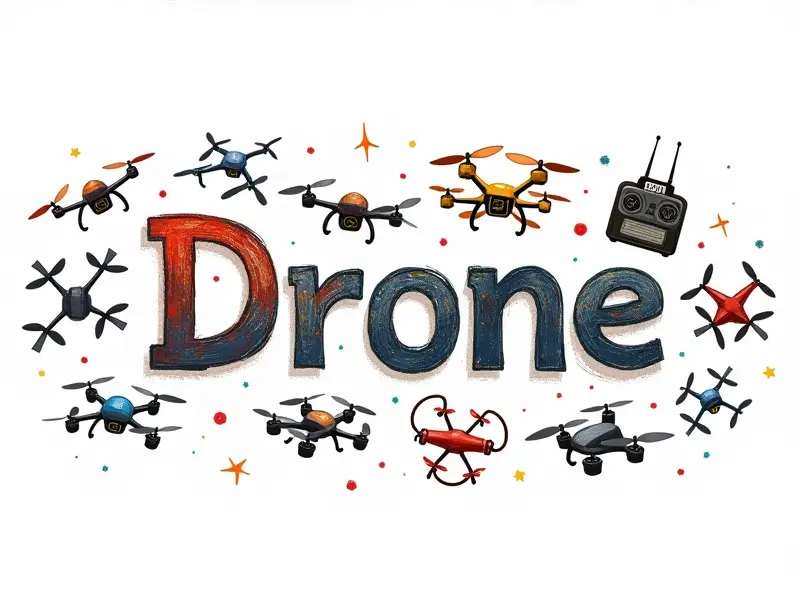Can I fly my RC plane indoors?

Can RC Planes Fly Safely Indoors?
Flying remote control (RC) planes indoors is a topic of interest for many hobbyists who want to enjoy their pastime without the constraints of weather or outdoor space. However, it's crucial to understand whether indoor flying is feasible and safe for your specific model of RC plane.
Challenges of Indoor RC Plane Flying
Flying RC planes indoors presents several challenges:
- Limited Space: Indoors, you have limited space to maneuver the aircraft. This can lead to crashes and damage.
- Obstacles: Walls, furniture, and other objects pose significant risks for collisions.
- Airflow Issues: Indoor air currents can be unpredictable, affecting flight stability.
Tips for Flying RC Planes Indoors Safely
To ensure a safe indoor flying experience, consider the following tips:
- Select an Appropriate Plane: Choose smaller, more agile models designed for confined spaces.
- Clean Environment: Clear out any obstacles and create a dedicated flight area.
- Battery Management: Use lightweight batteries to reduce the plane's weight and improve maneuverability.
Indoor RC Plane Flight Feasibility
The feasibility of indoor flying depends on your specific model. Smaller, electric-powered planes are generally better suited for indoor use due to their agility and lower speed.
Best Indoor Spaces for RC Planes
Finding the right space is crucial:
- Basements: Large basements with high ceilings offer ample room for maneuvering.
- Gymnasiums: School gyms provide a spacious and obstacle-free environment.
Small Spaces, Big Fun with RCs
Even in small spaces, you can still have fun by choosing the right plane and setting up your flying area carefully. Focus on agility over speed for better indoor performance.
Legalities of Indoor RC Plane Flying
Check local regulations before flying indoors to ensure compliance with any zoning laws or homeowner association rules.
Is Indoor Flying Right for Your RC Plane?
Evaluate your plane's design and capabilities. If it’s small, lightweight, and agile, indoor flying might be a great option. Otherwise, outdoor flights may be more suitable.
Top Tips for Indoor RC Plane Use
- Practice Slow Flight: Master slow flight techniques to navigate tight spaces effectively.
- Use Low-Profile Props: Opt for propellers designed for indoor use to reduce noise and improve maneuverability.
Indoor vs Outdoor RC Plane Flying
While outdoor flying offers more space and better conditions, indoor flying provides a controlled environment free from weather concerns. Choose based on your specific needs and the capabilities of your plane.
The Reality of Indoor RC Plane Flights
Flying indoors can be an enjoyable experience if you take the necessary precautions and choose the right equipment. It’s important to understand both the benefits and limitations before diving in.
Conclusion
Flying your remote control plane indoors can be a rewarding hobby, but it requires careful planning and consideration of your specific model's capabilities. By choosing the right space, managing obstacles, and adhering to safety guidelines, you can enjoy indoor flying without compromising on fun or safety.

